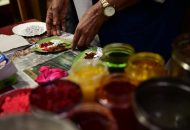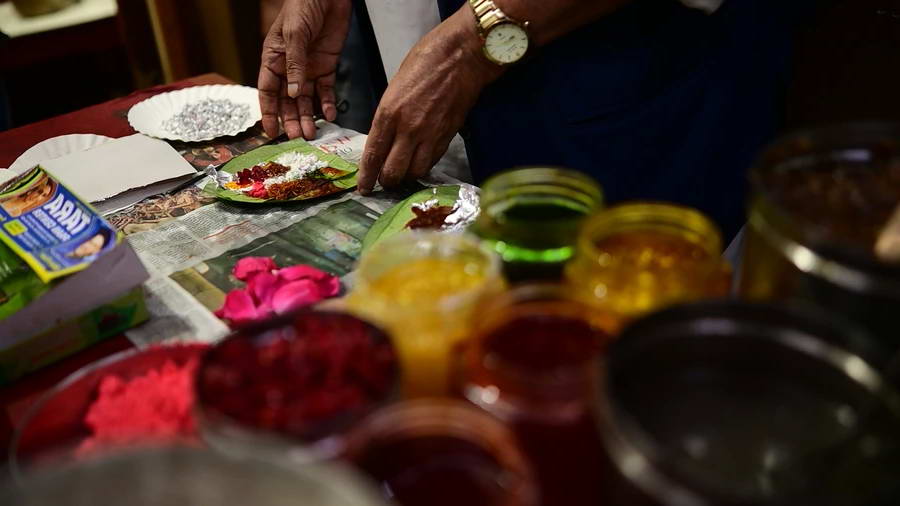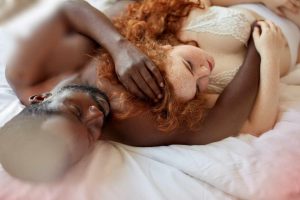
“My wife insists I buy it at least once a month. We’re both very pleased, if you know what I mean.”
On his wedding night in the summer of 1974, Mohammad Sarfuddin Siddiqui, now 74, was given a paan wrapped in a betel leaf along with several other ingredients by his mother, a big snacker. such as areca or betel nuts, fennel seeds, cloves and rose petal gulkand. “I really liked the paan and asked her to make me another one. He told me that if I liked it and it worked , then we should sell it in our store,” Siddiqui told VICE.
It seems to have worked out really well, because the actor-turned-entrepreneur started selling the paan at his shop, Tara Pan Centre, and named it after one of the world’s most precious diamonds: the Kohinoor. Today, the Kohinoor paan sells for five thousand rupees ($63) and is the most popular product of the 55-year-old paan shop in Aurangabad, India
 Siddiqui’s paan was made from a recipe passed down from generation to generation to his mother, who comes from a family of medicine men. The snack was a favorite of the royal family, and not just because it tastes great and helps with digestion.
Siddiqui’s paan was made from a recipe passed down from generation to generation to his mother, who comes from a family of medicine men. The snack was a favorite of the royal family, and not just because it tastes great and helps with digestion.
Considered a great stimulant and digestive, paan – a term that refers to both the betel leaf and the dish made from it – has endured throughout India’s culinary history. It is usually served at celebrations or events such as weddings and can be bought for ten rupees (13 cents) at any pan or tobacco shop in Indian cities. Its preparation and rolling in the leaf is considered an art in itself, one that is honed over time, with experience.
The Kohinoor paan has some interesting benefits, according to Siddiqui. “It helps you last longer in bed ,” he whispered to hide his discomfort. He added that the leaf is decorated with edible gold leaf and contains 12 ingredients, and its aphrodisiac effects can last up to two days. Siddiqui disclosed only six of these ingredients: saffron, amber (a type of resin), honey, Kasturi (musk deer extract), gulkand, and agar—a flavouring found only in the Indian state of Assam that costs nearly forty thousands of dollars per kilogram.
The paan is sold in pairs – the male paan containing honey, amber, agar and edible gold leaf, and the female paan containing gulkand, sweet paan masala and “an even sweeter substance”. According to Ayurveda, a form of alternative medicine focused on holistic healing, ingredients that include jari booti or special herbs increase sexual stamina and sexual appetite, as well as pleasure during intercourse.
But Siddiqui has strict rules: He sells his paan only to married heterosexual couples. Much in demand during the Indian wedding season from November to February, the paan is presented in a box with three compartments: one for each paan and one for a bottle of attar, a fragrance that is supposed to heighten the experience of bread.
But how does Saddiqui tell if the person buying the paan is married or about to get married? “We usually know when we get the order for a wedding. Usually people spend this much money only when they get married. Otherwise, we go on trust. I ask people who buy and ask them to follow my rule. Now, it’s up to them whether they … article







